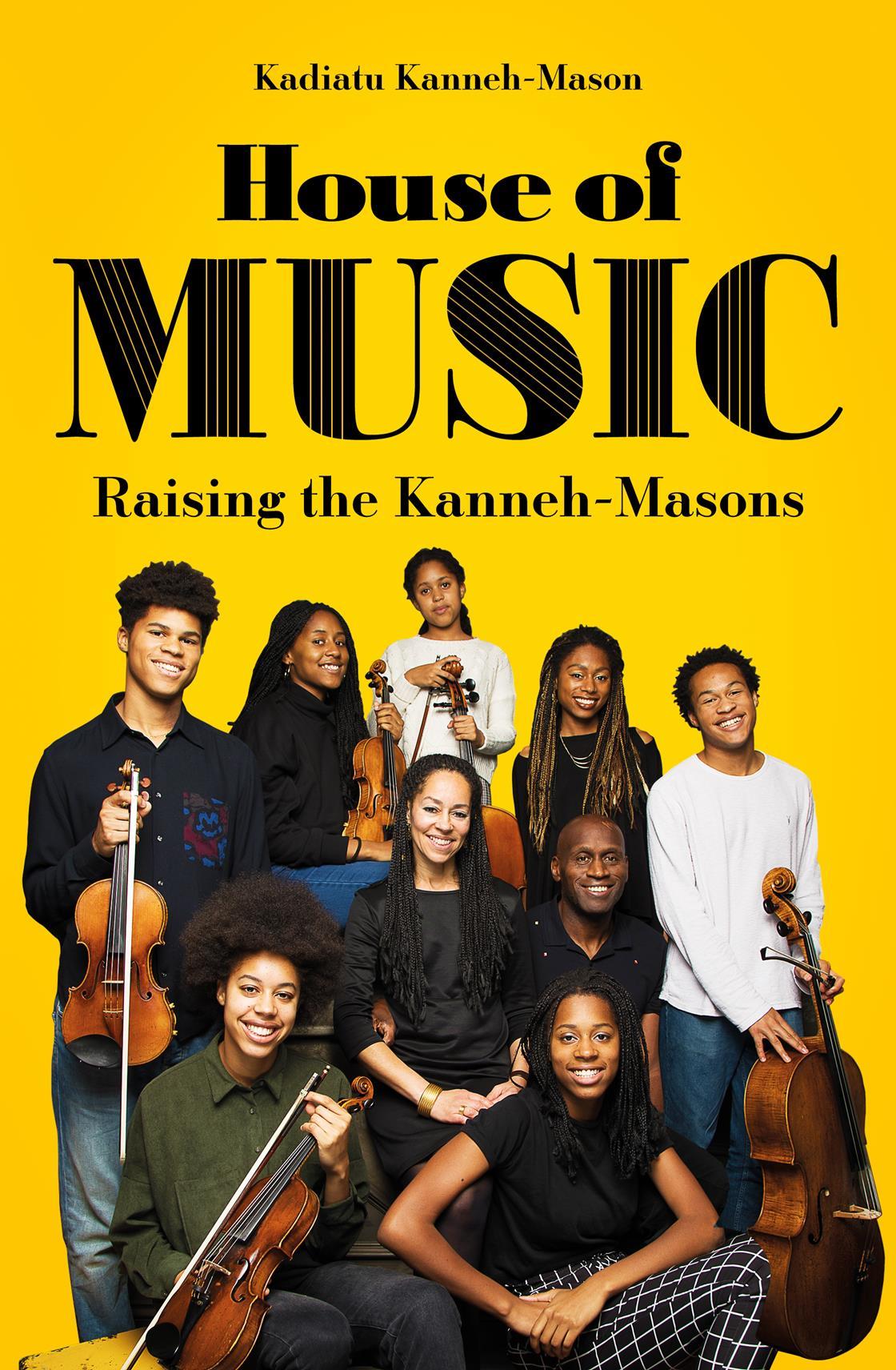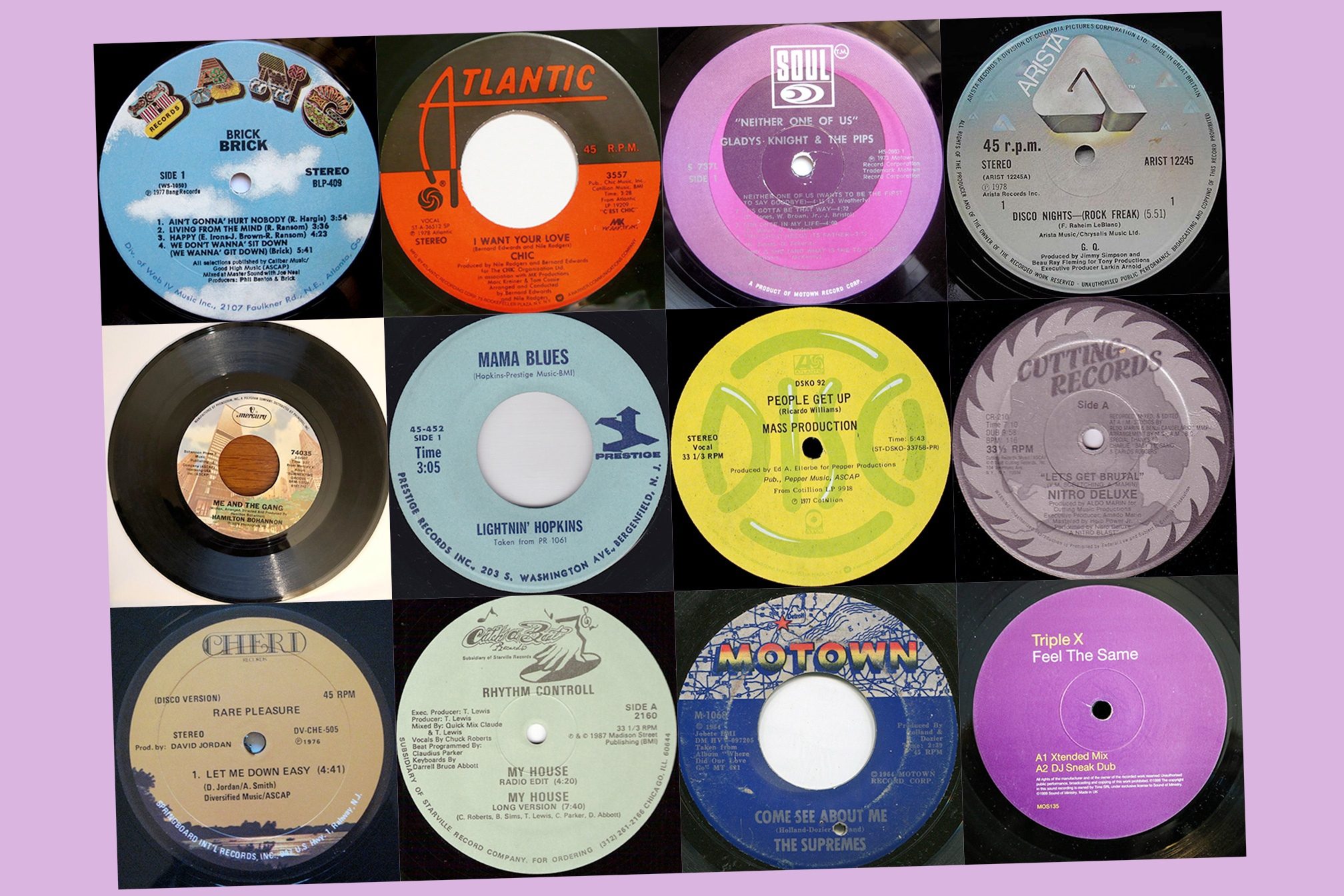Table Of Content

The easiest way to begin producing house music is to use a DAW (digital audio workstation) such as Apple GarageBand or Ableton Live. Historic nightclubs such as Chicago’s “Warehouse” and New York’s “Paradise Garage” served as mainstays for a majority Black, Latino, and LGBT crowd. The house scene was viewed as a haven for these marginalized communities. Madonna’s 1990 house song “Vogue” topped the US charts and became an international hit. Soon after, other major acts such as Janet Jackson, Paula Abdul, CeCe Peniston, Robin S, Björk, and many more incorporated house music into their work. Early DJ innovators such as Frankie Knuckles, Larry Levan, DJ Ron Hardy, and others played a pivotal role in evolving disco into early house music.
‘Mystery of Love’ – Fingers Inc.
In some versions, such as the ‘Vocal Club’ version and the radio edit, he also added a chorus section sung by female vocalists and a piano melody played by a synthesizer. Following several earlier tracks under aliases such as Virgo, the track was released by Trax Records. Robin S sounds stunned and devastated as if she’s pleading with her boyfriend to show her love because she doesn’t know if she can take another crushing disappointment. The success of her smooth yet gritty hits such as “Show Me Love” led many to regard Robin as a dance-floor diva. “Show Me Love” is a diva-house/house-pop song written by Allen George and Fred McFarlane and performed by American singer Robin S. House music tracks are frequently built around eight-bar sections that are repeated.
“Your Love” by Frankie Knuckles
Known for fusing disco, funk, jazz, soul, and R&B elements with electric drum machines, the original house music style maintained an upbeat tone. After influencing billions of people with dance music, it influenced countless other subgenres of electronic dance music in the decades since. House music is a style of electronic music primarily focused around sequenced, electronic disco-style beats, bass lines, and soulful musical elements. House was one of the first types of music that producers could create without requiring other musicians to perform with them, thanks to the increased availability of relatively affordable electronic equipment in the 1980s. Acid house followed with its unique emphasis on the “squelching” sound of the Roland TB-303 electronic synthesizer-sequencer.
House Music Subgenres
DJs usually use house music to make the audiences feel more energetic and dance along with the music. If you’re looking for songs that stand as the precursor to house music, you should check out Colonel Abrams’ Trapped. When thinking about house music and its definition, we must first look back and see where it came from, and what factors influenced its creation.
House music was initially derived from disco, which was incredibly famous during the 1970s. Those places strove for unity and brought people closer together, despite the overall social status quo still pulling in the other direction. House clubs were an incredibly valuable space in American society and a few decades ahead of their time.
Chicago's 2024 House Music Festival and Conference to celebrate genre's 40th anniversary - Chicago Sun-Times
Chicago's 2024 House Music Festival and Conference to celebrate genre's 40th anniversary.
Posted: Thu, 04 Apr 2024 07:00:00 GMT [source]

From these came many offshoots and subgenres, including deep, tribal, and electro. These subgenres can generally be distinguished by the percussion and synths, while the 4/4 kick drum stays the same. In the beginning it was Black music [being played], but a lot of new wave too. You’d have 5,000 Black kids on the dancefloor dancing to Rock Lobster by the B-52s and music by Liaisons Dangereuses [the avant-garde German electronic act]. The weirder, the better, because the purpose of house music at that time was to keep the gangsters out of the clubs.
From deep tunes to pop anthems, there is something for everyone to love about house music. The genre has come a long way since its beginnings in the warehouses of Chicago. In the 90s, there were a wave of dance hits from artists like Corona and Alice Deejay throughout America and Europe, and EDM artists like Calvin Harris and Avicii ruled the 2010s. House music has branched off into many subgenres but made its way into more people’s lives. House music is well known for its hypnotic, groovy, and uplifting qualities, making it a popular genre for nightclubs and festivals. The genre has evolved over the years, with various subgenres and styles emerging, such as Deep House, Tech House, Kwaito, and Progressive House.
The first half of the ’90s decade was wrought with soulful diva vocalists belting house anthems that still sound timeless. Think Martha Wash, whose powerful, unmistakable vocals can be heard on C+C Music Factory's "Gonna Make You Sweat (Everybody Dance Now)" and Black Box's "Everybody, Everybody" in 1990. There's also CeCe Peniston's "Finally," Robin S.’s “Show Me Love,” and Ultra Naté's “Free,” just to name a few. They started to call it house, because it was the music that Frankie [Knuckles] played at the Warehouse, but some people called themselves box-heads because of the music [the DJ and house pioneer] Ron Hardy was playing at the Music Box. Jackin’ was an intrinsic property of house music from its gestation in Chicago, referring to a specific dance move involving the whole torso.
It focuses on a fusion between House music and Techno, using elements from both styles in its arrangement and instrumentation. The minimum number of elements are used, focusing on the kick drum, sub bass, and bass. The bass is distorted to give it an authentic Techno music sound and is often played off-beat to create the distinction of House music. A house music genre that draws heavily from disco and soul, characterized by its use of funk-inspired basslines and melodies.
This is because samplers became more affordable in the late 1980s when house music was becoming increasingly popular. House music dancing styles can incorporate movements from a variety of other dance styles, including waacking, voguing, capoeira, jazz dance, Lindy Hop, tap dance, and even modern dance. However, he agreed that “house” was a regional catch-all term for dance music that was once synonymous with older disco music before it became a way to refer to “new” dance music. Chip E.’s 1985 single “It’s House” may also have contributed to the definition of this new genre of electronic music. The drum beats are almost always provided by an electronic drum machine, most commonly a Roland TR-808, TR-909, or TR-707.
Here are some of the most common characteristics you’ll find in a house music song. The Warehouse club in Chicago was eventually shortened to The House — known by many to be how the genre got its name, but the club doubled its admission fee in late 1982 and grew more commercial, so Knuckles left and started The Power Plant. DJ Ron Hardy followed at the Warehouse, which he then renamed the Music Box. Microhouse (also known as Buftech or Minimal House) in its rawest form sounds a lot like someone switching super-quickly between TV channels, but with a bit of rhythm to it. How effortlessly enjoyable Jazz House is has made it a popular choice for ad music, which has unfortunately made it a bit of a cliche over time.
The next generation will suddenly pick up things and repackage it and resell it to a new community of people. When it comes to Beyoncé, it’s so polarising when you hear people talk about the album. Here they recall how they made those early records, reflect on their own legacy and this latest resurgence, and (largely) welcome these prominent new figures into the house they built. Those fusions of UK soundsystem culture and more internationalist electro riffs continued to multiply through the 2010s.
Often hailed as the “Godfather of House,” Frankie’s pioneering work in Chicago during the 80s, including tracks like “Your Love,” kick-started the whole house revolution. By 2010, the house had gone mainstream, and pop musicians began to embrace the sound as well. A group of friends discovered acid house in Ibiza in 1988 and decided to host their acid house nights. These nights quickly grew out of control, and the promoters began hosting huge illegal raves in warehouses and fields near London. As one of the most successful EDM producers, Guetta has brought house music to the masses. While the famous duo released a new album as recently as 2013, the two announced that they would no longer be collaborating together.
It plays at a tempo of between 115 and 125 beats per minute (bpm) with deep chord progressions. Outside of Chicago, the Detroit music scene was one of the first to embrace house music. He tied the now-signature vocals, thumping piano, and strings to the minimal, energetic rhythms while keeping the beats per minute (bpm) marginally quicker than its New York counterpart.
Many often say tech house is akin to the middle of techno and house- thus tech house. This form of music is often darker and grittier in feel and more aggressive than the standard house music; but not as much of a consistent drive like techno music. Even though disco was considered “dead” in the late 70’s, the dance music scene was still alive in Chicago in the early 80’s.














